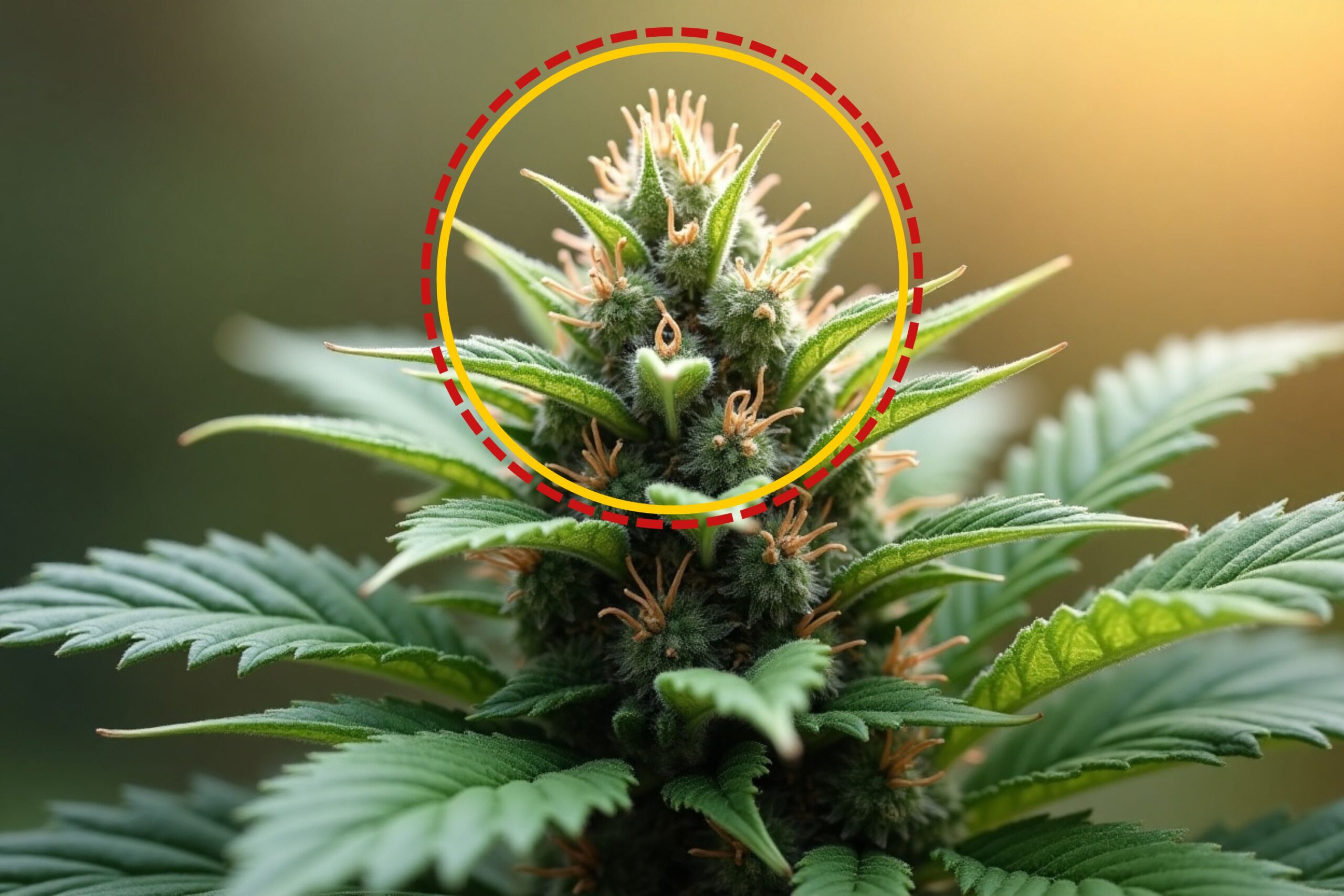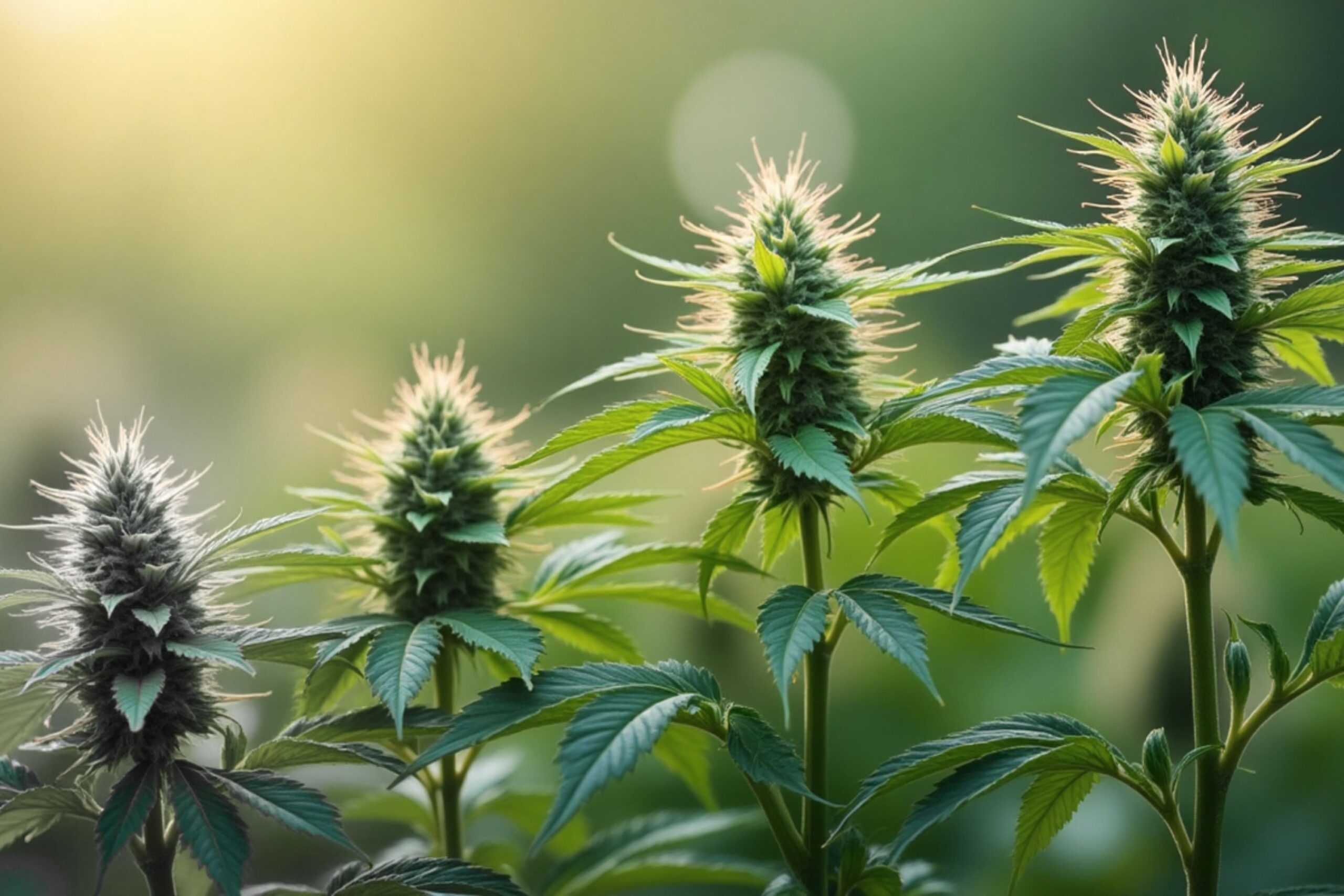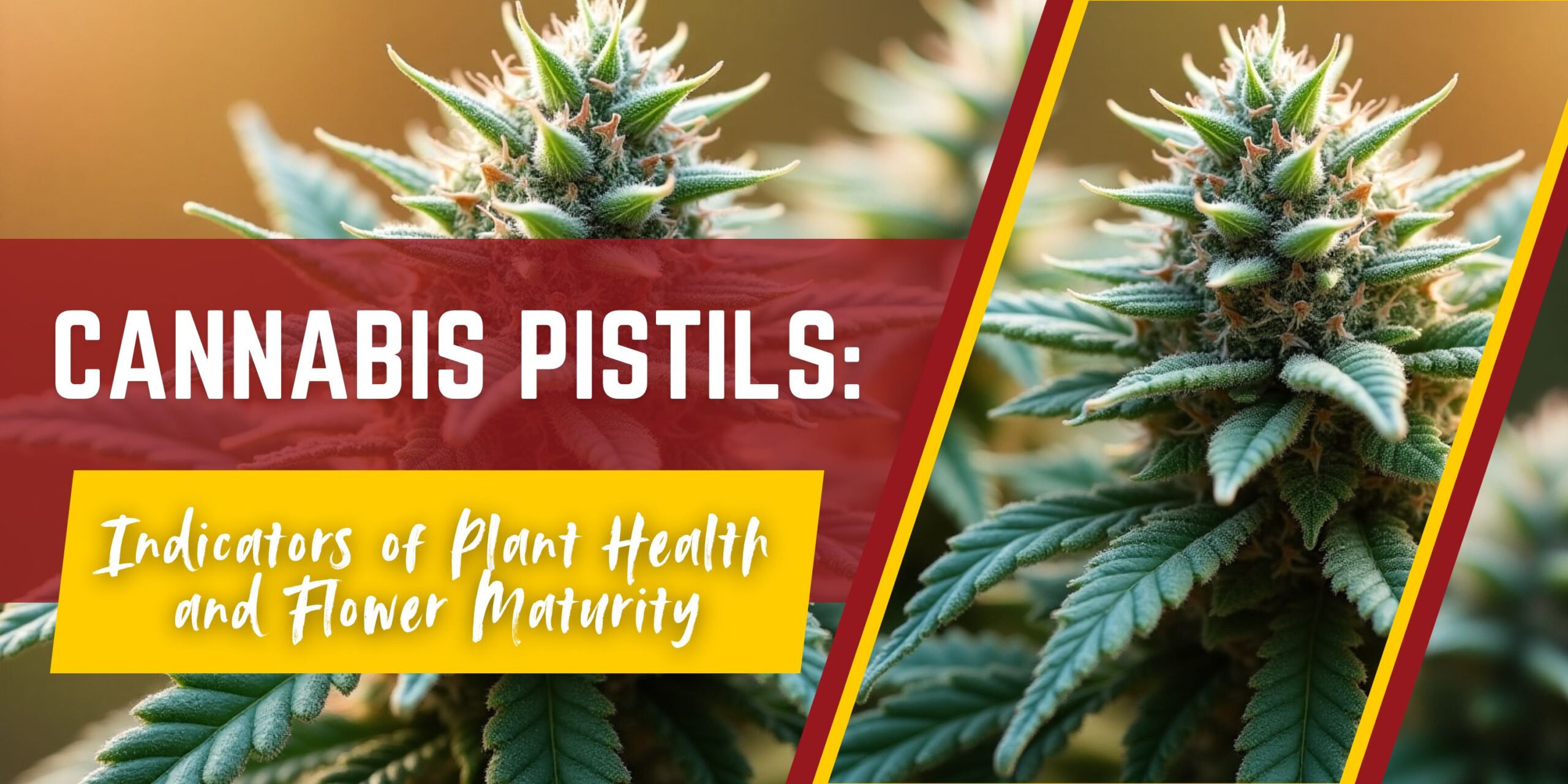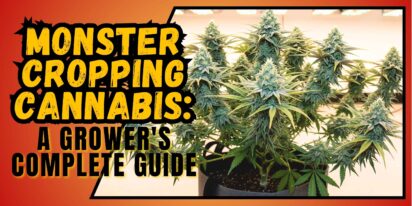Throughout the life of a cannabis plant, white hairs on weed, or pistils, are major markers. Any grower trying to maximize yields, determine plant sex, and find the optimal harvest time must know their goal, appearance, and development. From early development to the last harvest, this paper explores in depth the function of pistils in cannabis growing.
Cannabis Pistils: Why Should Growers Care?

Cannabis pistils are part of the female reproductive system of marijuana plants. Every pistil is an ovule and a stigma—usually the vibrant, fuzzy thread visible by the naked eye. Their primary biological function is to catch pollen from male plants for use in fertilization. Pistils are excellent visual signals that producers can depend on apart from reproduction.
Their early presence on a plant signals female sex, hence enabling growers to cut out males right away and avoid unintentional pollination. For farmers who wish to cultivate sinsemilla—cannabis not X’d, or fertilized, and is valued for its strength and resinous quality—this is especially important. Moreover, the development of pistils gives a clear, visual picture of the flowering cycle, hence indicating the state of the plant, hormonal changes, and preparation for harvest. Knowing weed pistils is thus both technically and practically relevant for high-quality cannabis growing.
Stages of Development of Cannabis Plant Pistils

Early Flowering Stage: White, Erect Pistils
During weeks 2–4, or around the time of early flowering, healthy female plants show clusters of long, white pistils on bud sites. Such hair-like appendages are upright and indicate the plant is in reproductive mode. Carrying out training methods like low-stress training (LST) or modifying growing conditions for flower development enhancement calls for great importance at such a stage of development.
Producers now have to provide maximum flower condition—12/12 light cycles, relatively low humidity (around 40–50%), and bloom-stage fertilizers with high phosphorus and potassium content. A white pistil indicates the plant’s not just health but also environmental sensitivity. Monitoring allows farmers to react before yield is impacted by early nutrient deficits, pests, or stress indicators.
Mid-Flowering Stage: Early Color Shift and Pistil Multiplication
Pistils increase and become more dominant all over the colas by the fifth or sixth week of bloom. A few of the pistils will start to color-shift—usually to light orange or pink—since they are aging or under environmental stress. This is a normal process and a component of the plant’s internal hormone signal indicating aging.
During this phase, producers have to check pistils every day since color change speed and uniformity could indicate the overall health of the plant. Buds will start to swell visibly, and the smell generation should get stronger. Branches must be supported for very laden colas, consistent temperature, and humidity. Uneven or patchy pistil color change could indicate sunburn, pH imbalance, or micronutrient problems that call for more diagnosis.
Pistils Curl and Darken: Late Flowering Stage
Pistils will start to coil inward and color from white or orange to richer browns, reds, or amber in the last two to three weeks of flowering (weeks 7–10). Curling and darkening indicate the plant’s approaching full maturity and readiness for harvest.
Farmers here choose to lower nitrogen and might flush the medium to get rid of extra nutrients to give more smoother taste and burn. Though certain strains will have more white pistils even when mature, pistils here are a reference but should be interpreted in context. Maximum cannabinoid and terpene concentration during harvest is ensured by careful observation of environmental conditions and ongoing surveillance of pistils and trichomes.
Pistils and Harvest Time: The Ideal Balance
The harvest period is directly influenced by pistil color and location, which then influences terpene and cannabinoid levels. Harvesting too early, when pistils are mostly white and upright, might produce immature buds with a higher ratio of THC precursors and a more energetic high. Waiting until most of the pistils darken guarantees a more powerful, sedating high with totally mature trichomes.
In actual harvest terms, the farmer may anticipate 70–90% of the pistils to have darkened and the buds to seem fully expanding and resinous. From a thorough full spectrum of cannabinoids and terpenes, it is a good balance of psychoactive power against the entourage effect. While some types respond to quite early harvest with greater cerebral reaction, others achieve maximal sedative potential only when the pistils are near-ripe and have turned almost completely black. In the end, harvest timing is as much an art as it is a science; pistils offer a beginning point of reference.
Pistils or Trichomes: Which One to Trust?
Though pistils weed offers a simple way to track blooming progress, they are less precise than trichomes for determining when to harvest. Physical injury, humidity fluctuations, or too much handling can cause pistils to discolor. Pistil observation, therefore, has to be complemented by trichome examination.
Glandular crystals on buds and sugar leaves, known as trichomes offer a biochemical snapshot of the cannabinoid composition of the plant. Under a microscope, trichomes go from clear to murky to amber. While trichomes verify chemical maturity, pistils indicate readiness in a broad sense. Using these indicators together, farmers can adjust harvests depending on wanted effects—either to get a stimulant high or a calming, sleep-inducing experience.
Male and Female Pistils: Early Plant Sex Identification
Especially with non-feminized seeds, early pistil identification helps to differentiate male from female plants. At the nodes, female plants have a little teardrop-shaped pistil with white protruding pistils. Male plants, on the other hand, lack pistils and carry globe-shaped pollen sacs like little balls.
Early identification of female pistils lets farmers remove males before they discharge pollen, hence maintaining the quality of the harvest. Mixed grows or outdoor grows with greater cross-pollination concerns particularly need this. Growers also have to be wary of hermaphrodites, which could display male sacs and pistils. To stop pollination, these must be removed or separated right away. Finding plant sex within the first 3–6 weeks of development guarantees seedless, high-potency crops and maximizes grow space efficiency.
Pistils as Signs of Stress and Plant Health
Apart from flowering signs, pistils can also indicate environmental stresses. Pistils darkening early or rapidly wilting first can suggest:
- Too Much Heat or Light: Early burning and browning of pistils
- Over-fertilization: Poisoning stunts pistil development
- Accidental Pollination: Upon fertilization, pistils darken
- Humidity Changes: Could cause pistil rot or discolouration
Apart from that, pests, including aphids and thrips, could infest pistil locations, hence causing unusual development and physical damage. Usually, sudden pistil colour without trichome maturity indicates something is wrong. Watching pistil health over time helps farmers to spot systematic problems, such as pH changes or root zone disorder, not instantly visible from leaves. Dealing with causative elements early on guarantees ongoing flower growth and preservation of harvest quality.
Pistils: Your Roadmap to Cannabis Flowering Success
Pistil monitoring offers producers a simple and educational tool to spot plant sex, flower growth, and harvest time. From their initial appearance in the early bloom stage to their last darkened, coiled phase, pistils provide notable visual cues throughout the cannabis life cycle. When used with trichome monitoring and good growing techniques, pistils make a great partner for reaching optimal potency, taste, and production.
Including pestilence observation into regular plant evaluations gives farmers practical information. Growers can make informed decisions during the flowering stage by connecting visual signals to environmental data and strain-specific knowledge. Marijuana pistil signals are not just about harvest timing; they are also about knowing the whole reproductive process of the plant, hence allowing accuracy, predictability, and perfection in every grow cycle.
FAQs
1. Do broken pistils regrow?
Pistils physically damaged or dry won’t grow back. The plant will continue to generate additional pistils on other bud locations, however, as it matures.
2. Do various cannabis strains create various hues of pistils?
Certainly, strain will affect pistil hue. Some genetics will naturally create orange, pink, red, or even purple pistils as part of their phenotype, particularly in later flowering stages.
3. Can stressed pistils grow excessively dark too soon?
Environmental pressures like heat, overfeeding, or light burn can cause pistils to darken or curl too early, which will be mistaken for maturity.
4. Are there pistils on male cannabis plants?
No, men lack pistils. Instead, men will create spherical pollen sacs lacking the hair-like stigmas seen on the females.
5. Do pistils contain any cannabinoids?
Pistils themselves have very little or no cannabinoids. Most of the terpenes and cannabinoids are found in the trichomes on the sugar leaves and calyxes.














